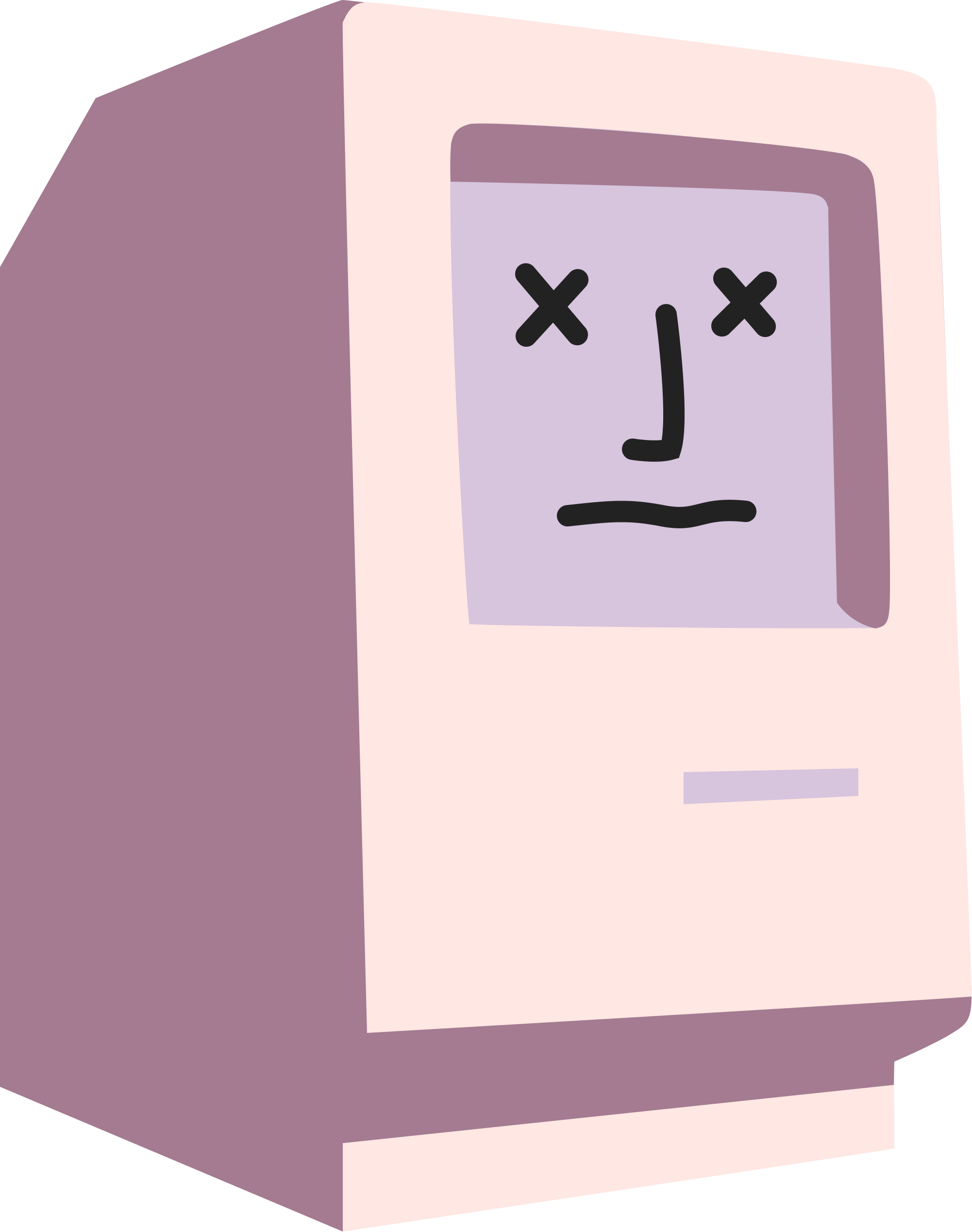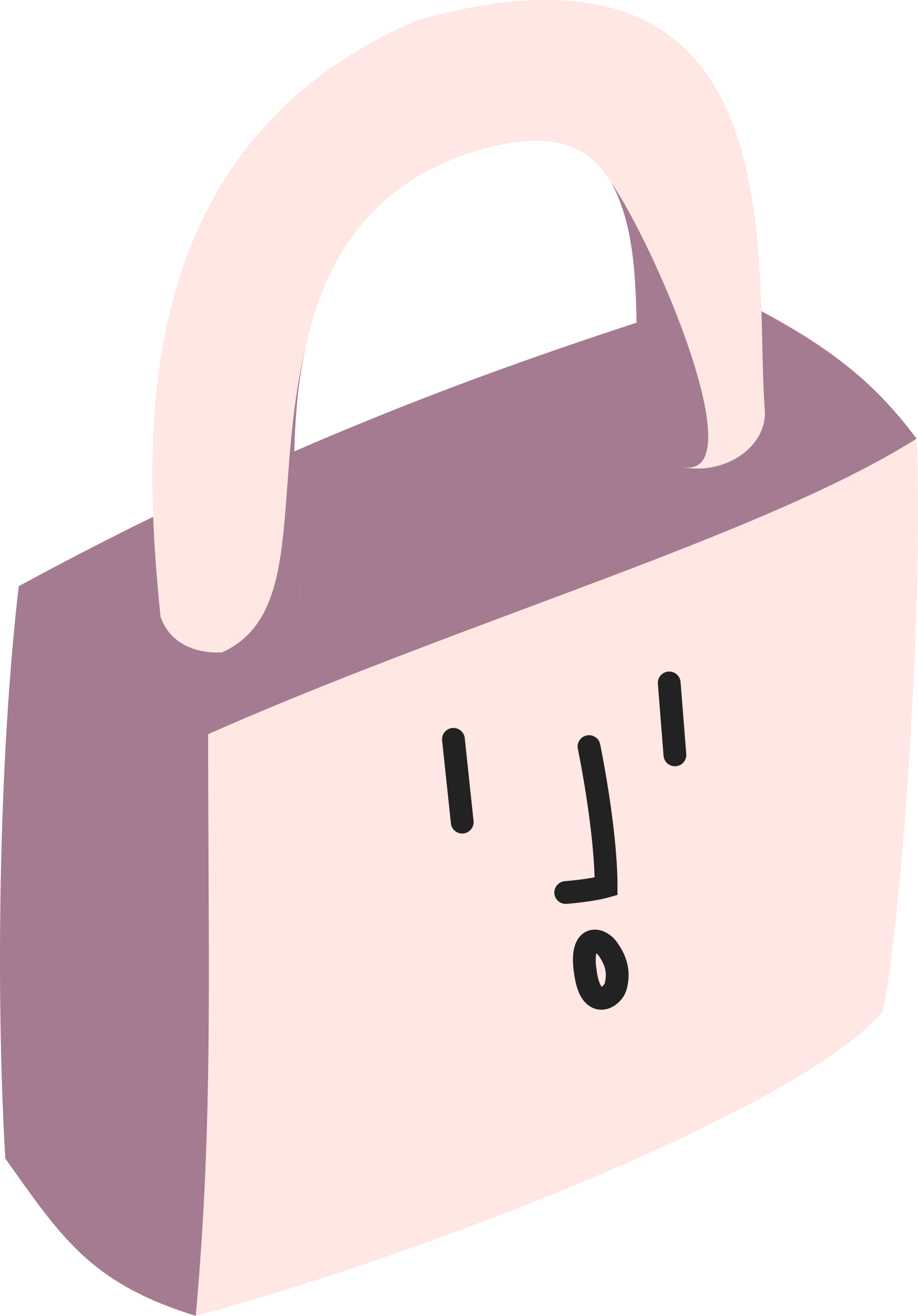Making Sense of UX Job Titles
13 min read time
20 Aug 2022
A look at how UX roles can differ depending on company, industry, size and maturity level
Many UX professionals - especially junior ones - often find it challenging to interpret the breadth of different UX titles that permeate the job market. The wide range of UX-related roles that are in circulation can sometimes make it challenging to understand how to position one's own profile and personl branding in relation to other roles.

In addition, many roles can sometimes seem contradictive; A UX professional who is interviewing with potential employers might sometimes be chastised for defining themselves in a way that the next employer might explicitly require.
To that end, this article aims to shine a light on common ways in which "UX" as a job title can sometimes be interpreted or defined within an organization, and where potential misconceptions or miscommunications might cause friction or misunderstandings for UX professionals- and employers alike.
Understanding the responsibilities of UX
There are often debates in the UX community in regards to what UX is or isn't, or how a UX role should be interpreted or shaped. Regardless of that, UX is commonly understood to be related to how users- or customers perceive a digital service or product.
In many - if not most - organizations, the most significant way in which a UX professional are expected to contribute to a product or service is through decisions on the design. To the average person "UX" is often synonymous with "Making it pretty" - and UX roles can- and are certainly shaped that way in a lot of organizations. However, UX can also revolve around understanding how- or why a product- or service could- or should be shaped a certain way.
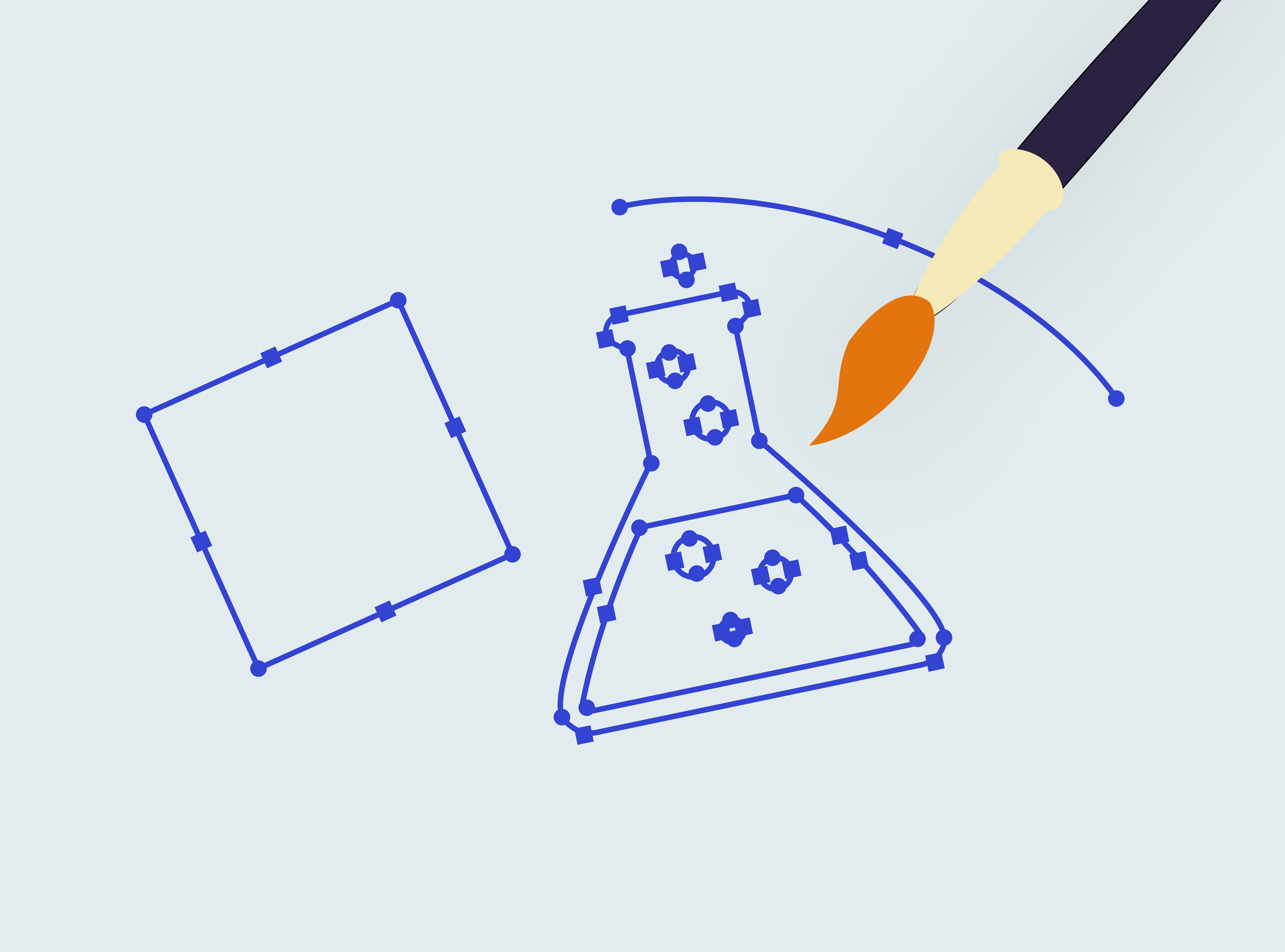
With this in mind, we can determine that a UX role can encompass just about anything related to shaping the experience of using a product or service:
- Talking to users and understanding what they need.
- Analyzing user behavior in order to understand their habits.
- Auditing products, websites, apps or services for usability improvements.
- Building sketches or blueprints for views based on best practices.
- Designing- or maintaining visuals- and user interfaces.
- Testing design ideas and prototypes with users for feedback.
- Evaluating whether products- and services meet user needs.
Which out of all of these skills that a company might need can differ from company to company. In addition, which out of all of these areas that an employer is actually willing to inevst money in is also something that can differ between employers.
A startup or a company with fewer resources might only want to cover one- or two of these areas, while an enterprise-level organization often has many- if not all of these areas covered in several places across their organization.
Sometimes even an enterprise-level organization might invest very little into UX. In those cases the UX role might be limited to more repetitive, operative tasks such as maintaining a UI desgin system library or conceptualizing designs for features that have already been decided by other areas in the organization.

This means that the way in which UX is defined and the way in which a UX professional is expected to work, can differ depending on a wide range of factors. Company size, company culture, organizational maturity, personality styles, business model and finances are all things that can effect not just whether a company will invest in UX, but how that investment is made.
Breaking down UX titles and job descriptions
Different companies have different needs, but there are some common denominators across the type of work that is usually requested by employers. Those commonalities have resulted in recurring job descriptions that may be relevant to aim for as an aspiring designer looking to get a foot into the industry.
Examples of recurring roles might be:
| Role | Area of focus | Employer |
| UX Designer | Visual- or UI design, interaction design | Any, usually mid-sized companies |
| UX Researcher | User research, user testing | Any, usually larger organizations |
| Product Design | Visual- or UI design, prototyping, user testing | Product-driven organizations |
| Interaction Design | Wireframes, prototypes | Agencies, consulting firms |
| Visual- or UI designer | Visual- or UI design, wireframes, prototyping | Any, usually agencies, consulting firms, small- to mid-sized companies |
These are of course oversimplifications, but trying to create a mental model for how UX differs across employers can be helpful for determining what skills that are sometimes required - and how and where those skills overlap.
Having a better sense of what a UX role can mean for one company compared to the next is an important instinct to build, because it can make it significantly easier to match one's profile with relevant employers.
Framing one's own UX profile
It's possible to be either a UX specialist that specializes in one- or more facets of UX, or a UX generalist who is proficient in one- or more of these skills. In addition, there's also the rare- and coveted so-called "Unicorn" who possesses a comprehensive talent for many- or most of these skills.
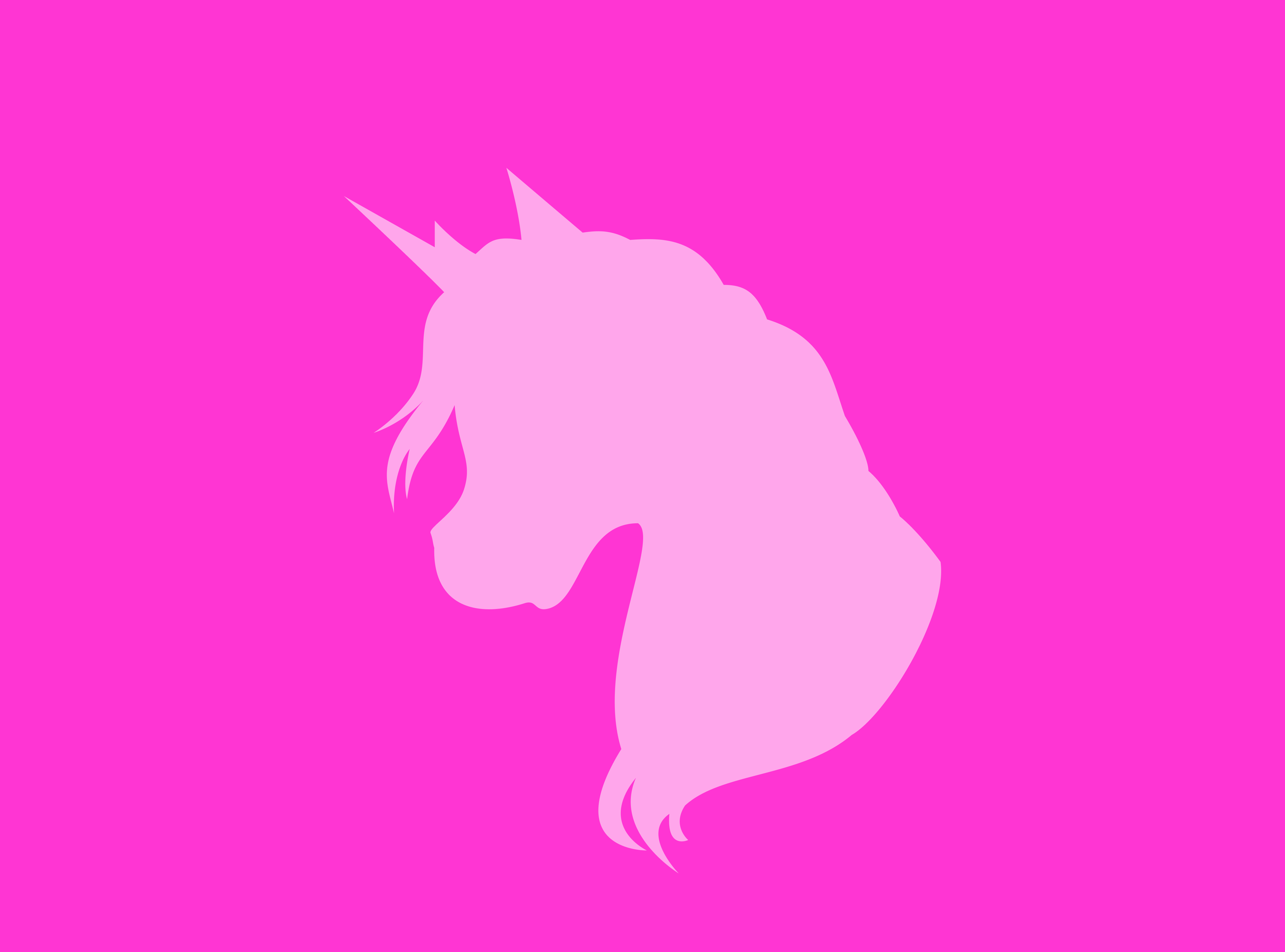
These Unicorns are sometimes sought after by employers who prefer to contain everything UX-related in as few roles as possible, but such roles tend to be challenging to recruit for. Sometimes companies even recruit a lone UX manager as their first UX professional, in order to try to attract more comprehensive UX talent.
On the flip side, there's also the all too common case of a junior UX professional being hired as a company's first UX professional. This can be an especially challenging position for a junior person to be in, due to the lack of UX guidance and internal understanding of what UX is- or what it entails. That said, there are some cases where such a trial by ordeal can both provide good experience and a foot into the industry. It all depends on circumstances.
Before making a decision on which route to take, it might be beneficial to look at some of the common paths that are available to choose from.
The first dimension to consider is versatility:
- Specializing, and possibly working for an agency, consulting firm or an enterprise-size organization.
- Becoming a generalist, and doing a wider array of work for small- to mid-sized companies.
The second dimension to consider is area of focus:
- Focusing on the research side of UX, and engaging more in information and analysis.
- Focusing more on the design side of UX, and engaging more in solution creation and visual design.
Many- if not most people who are at the beginning of their UX careers might find it challenging to make career decisions at such an early point. If that's the case, then it can sometimes be helpful to start with what's most attainable - and to segue from there to other positions as needed.
In addition, there's rarely such a thing as a perfect career trajectory. It's usually viable to course-correct at any point in one's career.
Expectations versus reality
One of the more common challenges with UX is that because it's so inconsistently-defined, it can sometimes be hard even for companies to understand how UX should be conducted in their organization. It's not all too uncommon for employers to say one thing, and to mean another. They might ask for "UX" but might instead mean "graphic design", or they might ask for "design leadership" but might instead mean "person who draws my design ideas".

Seasoned UX professionals usually know how to deal with these kinds of issues, but doing so is a skill that requires time and effort to learn. For UX work to be constructive, a UX professional must sometimes understand how to manage their manager, how to educate colleagues on design, how to build mutual respect with other people - and sometimes even just know when to say no to a job.
Why is UX so complicated?
Some might feel that attempting to decipher the field of UX is an almost insurmountable challenge, but it's important to remember that there are few other careers that have almost zero barriers to entry other than being able to understand the core tenets of the job itself. With that in mind, the challenge of decoding the UX profession can perhaps be thought of as a small price to pay - rather than being an unreasonable ask.
At its core, UX is about solving problems for the user - and because user problems often differ between organizations, so will expectations and job descriptions.

As cliché as it might sound, the old adage "The best time to plant a tree was 20 years ago, the second best time is now" is as relevant to UX as it is to anything else. By starting small and continuously moving forward, any questions or qualms will likely resolve over time. UX can be a bit tricky for newcomers to navigate, but it's a respectable career consisting of important work that is well worth pursuing.
For anyone who's just now starting to take those first steps into UX - or for anyone who's merely trying to make sense of the field - this article will hopefully prove to be a fundamental guide to the different facets of UX work, and how to discuss UX more efficiently with others.
Share this story
Did you like this story?
I write these articles in order to try to provide inspiration, insights and perspectives for UX practictioners and non-UX practictioners alike. If you think that this article was of value to you, feel free to share it with others.





